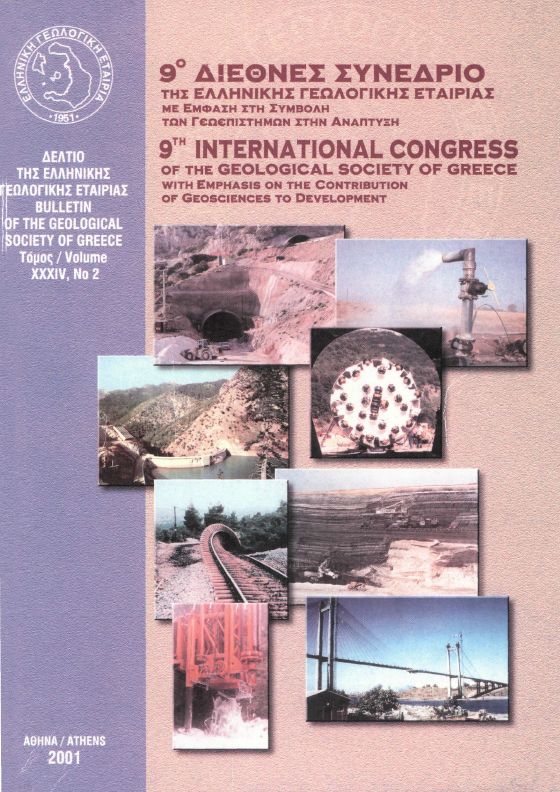PALAEONTOLOGICAL (RADIOLARIAN) LATE JURASSIC AGE CONSTRAINT FOR THE STEPANAVAN OPHIOLITE (LESSER CAUCASUS, ARMENIA)

Abstract
Micropalaeontological age evidence for the sedimentary cover of ophiolites is important to understand the palaeogeographic and geodynamic evolution of Tethyan realms. The Stepanavan ophiolitic suite of Northern Armenia consists of peridotites, gabbros, plagiogranite and lavas with a radiolarite sedimentary cover. It is regarded as the northern extension of the Sevan Akera ophiolitic zone and may be considered as the eastern extension of the Izmir-Ankara suture zone. It represents the relics of a slow-spreading mid oceanic ridge that was active between Eurasia and the South-Armenian Block of Gondwanian origin. Radiolaria extracted from radiolarites of the Stepanavan ophiolite provide for the first time a Late Jurassic (late Kimmeridgian to early Tithonian) age constraint for this part of Tethyan oceanic crust preserved in Lesser Caucasus.
Article Details
- How to Cite
-
Danelian, T., Galoyan, G., Rolland, Y., & Sosson, M. (2007). PALAEONTOLOGICAL (RADIOLARIAN) LATE JURASSIC AGE CONSTRAINT FOR THE STEPANAVAN OPHIOLITE (LESSER CAUCASUS, ARMENIA). Bulletin of the Geological Society of Greece, 40(1), 31–38. https://doi.org/10.12681/bgsg.16332
- Section
- Palaeontology, Stratigraphy and Sedimentology

This work is licensed under a Creative Commons Attribution-NonCommercial 4.0 International License.
Authors who publish with this journal agree to the following terms:
Authors retain copyright and grant the journal right of first publication with the work simultaneously licensed under a Creative Commons Attribution Non-Commercial License that allows others to share the work with an acknowledgement of the work's authorship and initial publication in this journal.
Authors are able to enter into separate, additional contractual arrangements for the non-exclusive distribution of the journal's published version of the work (e.g. post it to an institutional repository or publish it in a book), with an acknowledgement of its initial publication in this journal. Authors are permitted and encouraged to post their work online (preferably in institutional repositories or on their website) prior to and during the submission process, as it can lead to productive exchanges, as well as earlier and greater citation of published work.



